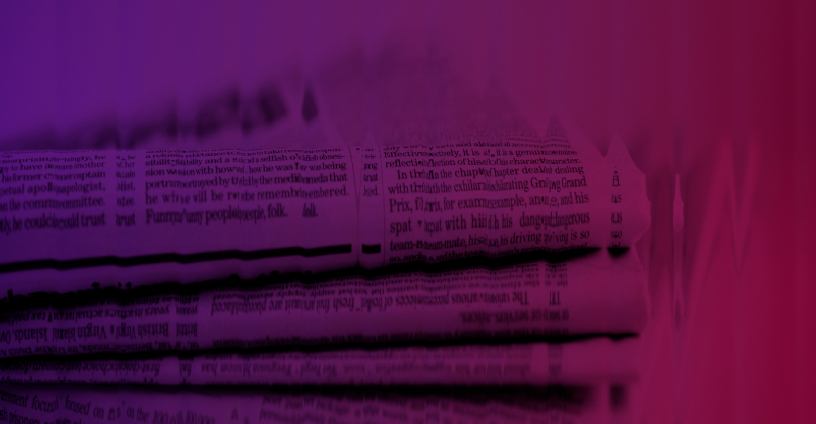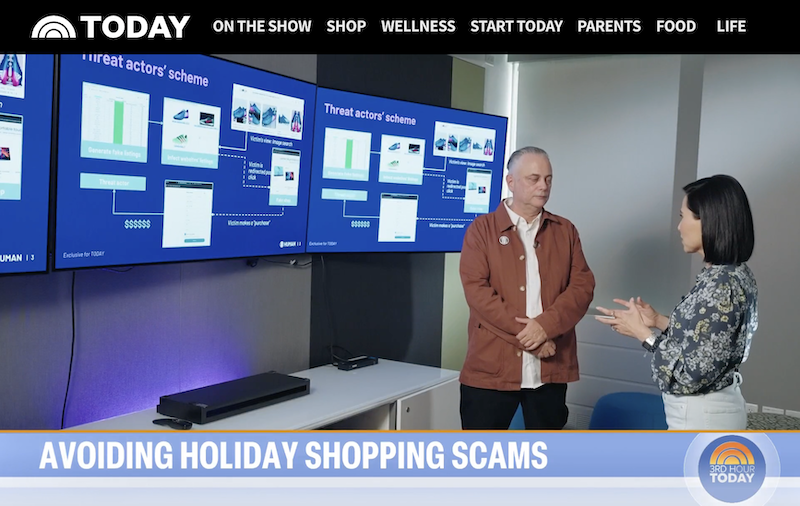
Press Releases
HUMAN Launches Page Intelligence to Expose Page-Level Invalid Traffic and Protect Performance and Monetization
READ ARTICLE

Press Releases
HUMAN Disrupts Sophisticated Mobile App Fraud Scheme SlopAds
READ ARTICLE

Press Releases
Seedtag and HUMAN Security Strengthen Partnership to Safeguard Advertising Integrity
READ ARTICLE

Press Releases
Riskified Joins Forces with HUMAN to Help Merchants Embrace Trusted AI Shopping Agent Commerce
READ ARTICLE

In The News
Forbes: Why Agentic AI Needs an Adaptive Trust Layer
READ ARTICLE

Press Releases
HUMAN Introduces the First Adaptive Trust Layer for the Agentic AI Era
READ ARTICLE

Press Releases
HUMAN Launches Ad Click Defense, Empowering Platforms with Advanced Click Validation
READ ARTICLE

HUMAN Drives Momentum in EMEA with Key Leadership Appointments and Channel Expansion to Drive Growth
READ ARTICLE

HUMAN Threat Tracker Revolutionizes Bot Management with AI-Enhanced Insights to Detect, Isolate, and Track Attackers
READ ARTICLE

Press Releases
HUMAN Client-side Defense Integrates with Amazon Web Services Marketplace & Web Application Firewall to Simplify Compliance with New PCI DSS 4 Requirements
READ ARTICLE

Press Releases
HUMAN Exposes BADBOX 2.0 Scheme Infecting 1 Million Off-Brand Android Open Source Project Devices
READ ARTICLE

Press Releases
HUMAN and TollBit Empower Websites with Robust Bot Management and Content Monetization Solutions for AI Agents
READ ARTICLE


In The News
Online holiday shopping scams up 125%: How to protect yourself
READ ARTICLE

Press Releases
HUMAN Uncovers Phish ‘n’ Ships Scheme That Stole Tens of Millions from Unsuspecting Shoppers
READ ARTICLE

Press Releases
ANA and HUMAN Unveil Loyalty Marketing Report Highlighting Growing Importance, Challenges, and Fraud Concerns
READ ARTICLE

Press Releases
HUMAN Raises $50+ Million in Growth Funding to Protect the Digital Customer Journey and Defend Against Bots, Fraud and Risk
READ ARTICLE

Press Releases
HUMAN and Opera Ads Partner to Enhance CTV Advertising Security at Scale
READ ARTICLE

Press Releases
HUMAN Security Launches Partner-First Channel Program To Maximize Business Growth
READ ARTICLE
- 1